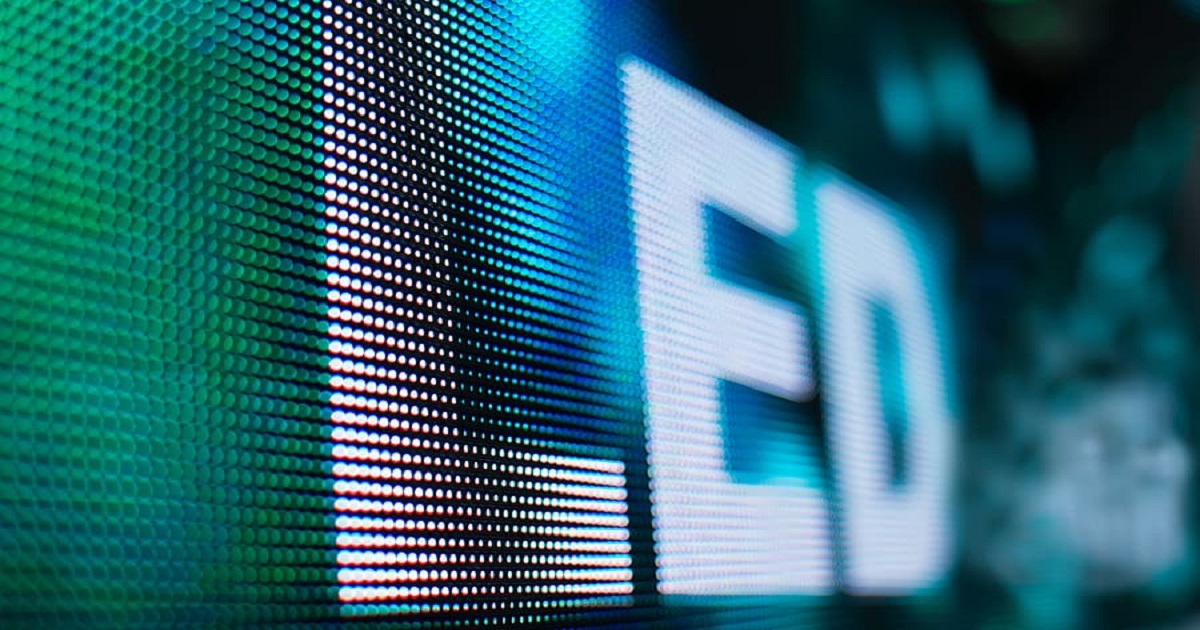SMD screen are the future of technology. SMD screens are the future of technology. They have a much higher pixel density than traditional LCD screens, meaning they can show more detail and are sharper. This also makes them perfect for virtual reality applications. They are also thinner and use less power than traditional screens, making them more efficient.
What is SMD?
SMD is an acronym for surface mount device. It is a type of electronic component that is mounted on the surface of a printed circuit board. smd screen are usually smaller than their through-hole counterparts, and they are mounted using special equipment that places them in close proximity to the other components on the board.
How does SMD work?
Small-scale molecular dynamics (SMD) simulations have revolutionized the study of biomolecular systems by allowing researchers to probe the conformational and dynamical behavior of proteins, nucleic acids, and other biological molecules in atomic detail. SMD simulations are carried out on a computer by modeling the motion of individual atoms within a molecule. The potential energy of the system is computed at each step in the simulation, and the resulting trajectory is used to generate a picture of the molecule’s conformation over time.

Advantages of SMD screen
SMD screens are the latest development in screen technology. They offer many advantages over traditional screens. SMD screens are more energy efficient, they have a higher contrast ratio, and they are thinner and lighter than traditional screens. They also offer a wider viewing angle and improved color reproduction.
The future of technology might be SMD screens. They are tiny and can be very efficient.
Disadvantages of SMD screen
SMD screens are popular for their slim form factor and low power consumption. However, they have some disadvantages. First, their resolution is lower than that of traditional screens. Second, they are more expensive to produce. Third, they are more difficult to repair. Fourth, they generate less heat than traditional screens, which can lead to problems with overheating and image retention. Finally, they are less bright than traditional screens and can be difficult to see in direct sunlight.
Conclusion:
In recent years, there has been a dramatic shift from conventional Cathode Ray Tube (CRT) screens to SMD screens. SMD screens are now the predominant type of screen in use and the future of technology. They are thinner, lighter, and more power-efficient than CRT screens, making them more convenient for portability and use in portable devices. Additionally, SMD screen produce less glare and provide a sharper image than CRT screens. Finally, as manufacturing costs continue to decline, SMD screens will become increasingly more affordable, making them the preferred choice for consumers.
